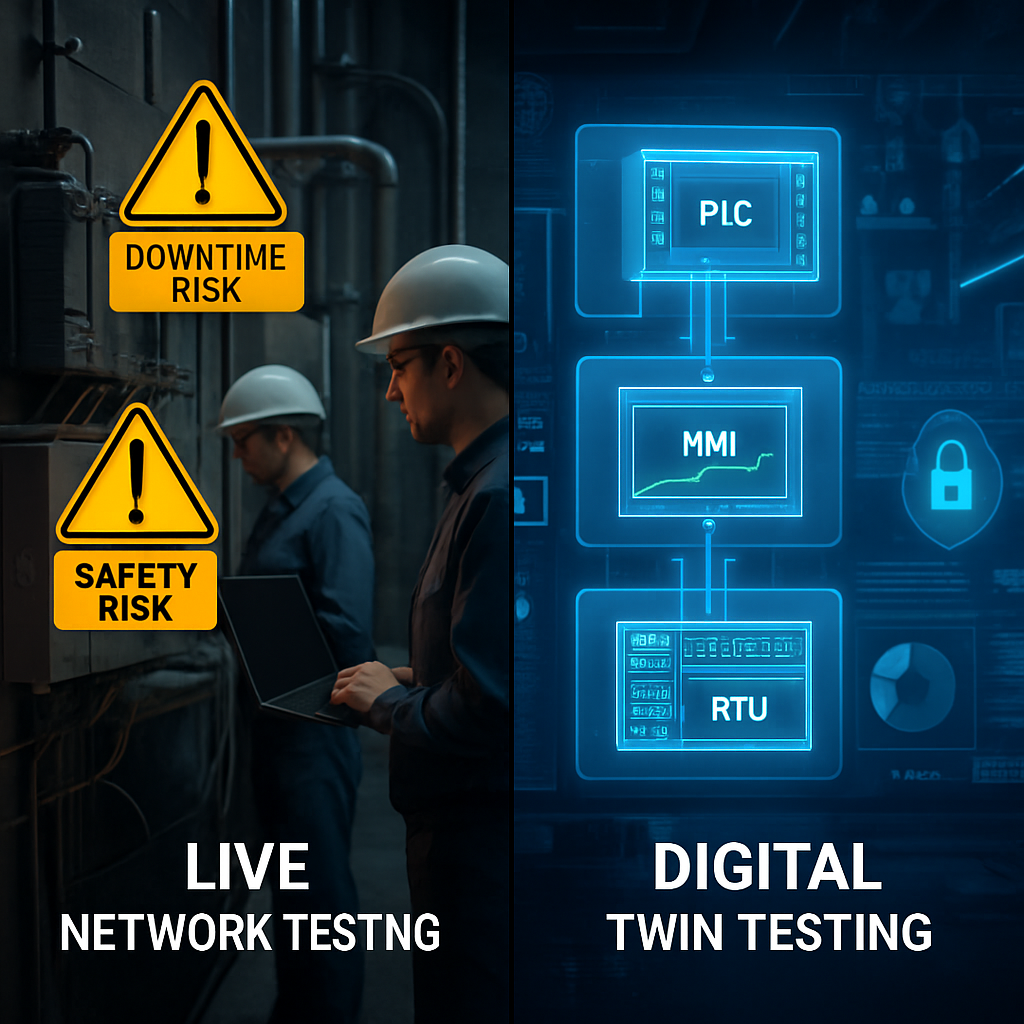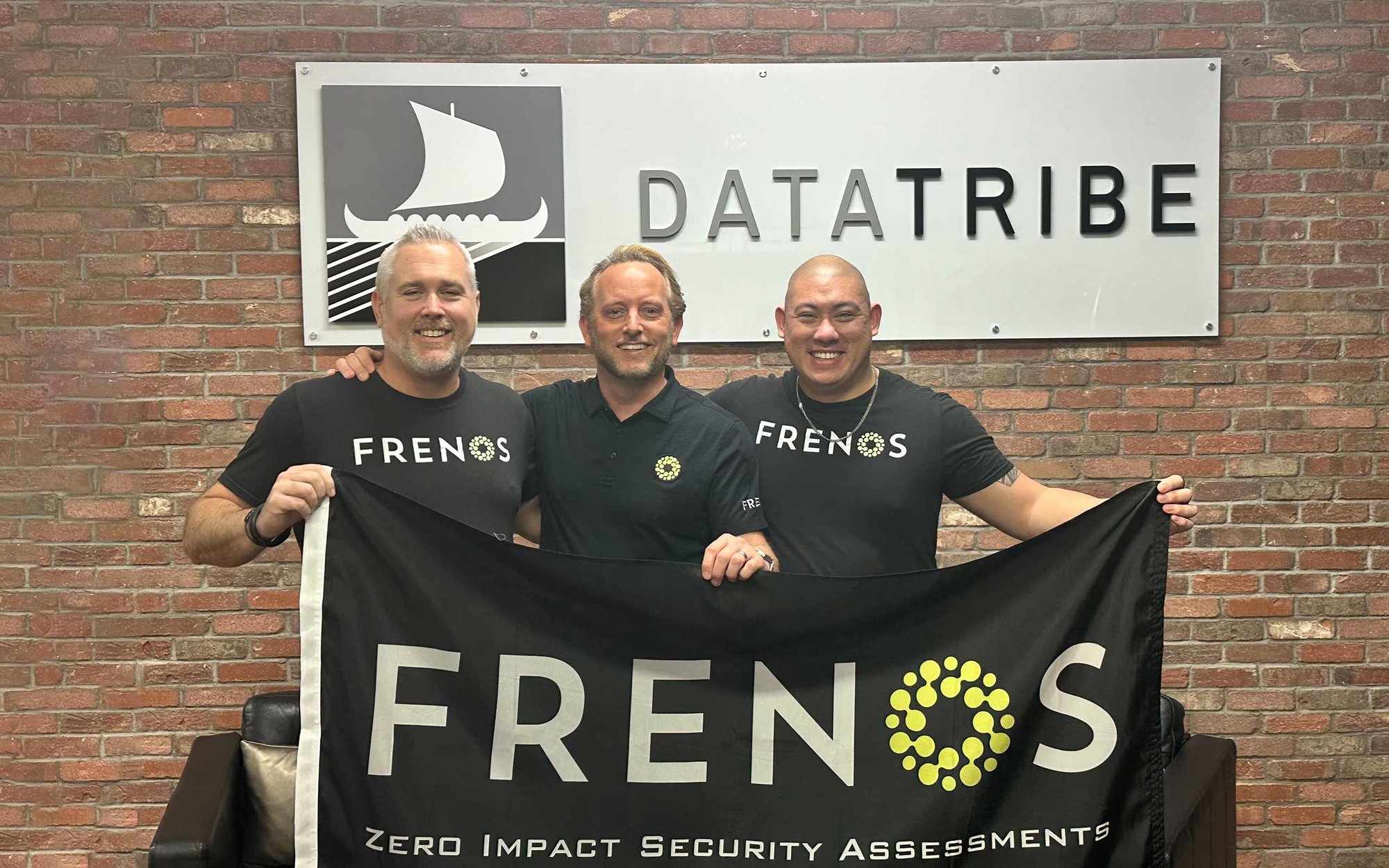Critical infrastructure organizations are trapped in a dangerous paradox. Traditional cybersecurity approaches focus on detecting and responding to threats after they've already breached perimeters, but when you're managing power grids, water systems, or manufacturing operations, the cost of being reactive isn't just financial: it's an operational disaster. The time has come to fundamentally rethink how we protect the systems that keep our society functioning.
The Staggering Financial Reality of OT Security Failures
The numbers tell a sobering story about why "safe mode" security isn't safe at all. According to IBM's 2024 Cost of a Data Breach Report, the average total cost of a data breach in the industrial sector reached USD 5.56 million, representing an 18% increase from the previous year. This places industrial organizations third among all sectors studied, with breach costs running 13% higher than the global average.
These figures represent only the tip of the iceberg. When critical infrastructure faces a cyber incident, the cascading effects extend far beyond immediate breach costs. Unplanned downtime in industrial environments can cost up to USD 125,000 per hour, while the broader economic impact can reach into the hundreds of millions. The Colonial Pipeline incident serves as a stark reminder that sometimes the defensive action of shutting down systems can be more costly than the attack itself, resulting in widespread economic disruption and supply chain chaos.
The harsh reality is that traditional reactive security measures often force operators into impossible choices: maintain operations and risk catastrophic damage, or shut down systems and guarantee massive financial losses. This zero-sum game highlights the fundamental flaw in reactive approaches to OT security.
The IT-OT Convergence Crisis
The convergence of information technology and operational technology has fundamentally altered the threat landscape, creating new vulnerabilities that traditional security approaches struggle to address. 83% of Operational Technology (OT) leaders experienced at least one security breach in the past three years, with nearly three-fourths of OT professionals experiencing intrusions that impacted OT systems in some way, up from only 49% in 2023.
This dramatic increase isn't just about more attacks. It's about the expanded attack surface created by IT-OT convergence. Attackers frequently gain initial access through IT systems and then move laterally into OT environments where they can cause physical damage or operational disruption. The challenge lies in securing these hybrid environments without compromising the real-time performance requirements that are critical to industrial operations.
Traditional security tools designed for IT environments often prove inadequate or even dangerous when applied to OT systems. Active vulnerability scanners can disrupt critical processes, while conventional threat detection systems generate false positives that overwhelm already stretched security teams. The result is a security posture that fails to protect what matters most while consuming valuable resources.
Breaking Free from Reactive Limitations with AI-Native Security
The solution to this crisis lies not in incremental improvements to existing approaches, but in a fundamental shift to proactive, AI-native security. Frenos has pioneered the first AI-native OT security posture management platform that addresses the unique challenges of critical infrastructure protection through innovative technology.
At the heart of the Frenos platform is SAIRA (Simulated Adversarial Intelligence Reasoning Agent), an AI reasoning agent that thinks and acts like real adversaries. Unlike traditional security tools that react to known threats, SAIRA proactively simulates how attackers might target specific OT environments, identifying attack paths and vulnerabilities before they can be exploited. This represents a fundamental shift from detecting threats to preventing them.
The platform creates a digital twin of the entire OT environment, allowing for comprehensive security assessments without any impact on live operations. This digital replica captures every detail of the production system, from operating systems and firmware versions to network connections and open services. Security teams can then run continuous assessments against this digital twin, testing various attack scenarios and identifying vulnerabilities without ever touching critical infrastructure.
This approach eliminates the traditional trade-off between security and operational continuity. Organizations can now conduct thorough security assessments as frequently as needed without risking system disruption or downtime. The result is a security posture that improves over time while maintaining the operational reliability that critical infrastructure demands.
Transforming Compliance from Burden to Advantage
Regulatory frameworks like NERC CIP and NIS2 increasingly emphasize proactive security measures, making compliance a driving force for organizational transformation. The Frenos platform directly supports these requirements by providing the continuous assessment and monitoring capabilities that modern regulations demand.
NERC CIP has issued 13 key documents covering comprehensive cybersecurity requirements including electronic perimeters, protection of vital cyber-assets, security management, personnel training, and disaster recovery planning. The continuous assessment approach mandated by these regulations aligns perfectly with the Frenos platform's capability to provide ongoing visibility into security posture and enable organizations to identify and address vulnerabilities before they can be exploited.
Similarly, the European Union's NIS2 Directive establishes a unified legal framework for cybersecurity across 18 critical sectors, requiring organizations to implement risk management measures and reporting requirements. The directive's emphasis on continuous improvement and proactive risk management becomes achievable through the Frenos platform's automated assessment capabilities.
Rather than treating compliance as a checkbox exercise, organizations using the Frenos platform can leverage regulatory requirements as a framework for building comprehensive security programs. The platform's ability to provide contextual, prioritized remediation guidance specific to OT environments enables organizations to address compliance requirements efficiently while actually improving their security posture.
The Economic Advantage of Proactive Security
The financial benefits of moving from reactive to proactive security extend far beyond avoided breach costs. Organizations that applied AI and automation to security prevention saw the biggest impact in reducing breach costs, saving an average of USD 2.22 million over organizations that didn't deploy these technologies.
The Frenos platform delivers these benefits by automating security assessments and providing prioritized remediation guidance. This approach reduces the costs and time associated with manual OT penetration testing, security assessments, and threat modeling, allowing security teams to focus on strategic initiatives rather than routine tasks.
Traditional security assessments often come with unpredictable costs and variable outcomes. The Frenos platform offers consistent, repeatable results at a predictable cost. The automation and intelligence built into the system reduce human error and ensure that every assessment is thorough and actionable. Instead of waiting for annual or triennial assessments, organizations receive continuous insights that enable rapid responses to emerging threats.
This shift from periodic to continuous assessment fundamentally changes the economics of OT security. Rather than large capital expenditures for infrequent assessments, organizations can budget for ongoing security as an operational expense while achieving better results.
Scaling Security Expertise Through AI
One of the most significant challenges facing critical infrastructure organizations is the scarcity of security expertise. The combination of deep cybersecurity knowledge and understanding of OT environments is rare and expensive. The Frenos platform addresses this challenge by augmenting human expertise with AI-driven insights.
SAIRA doesn't replace security professionals but amplifies their capabilities. The AI reasoning agent can analyze complex attack scenarios and identify vulnerabilities that might take human experts weeks or months to discover. This enables even junior security team members to contribute effectively to critical infrastructure protection.
The platform's ability to provide contextual, prioritized recommendations means that security teams can focus their limited time and expertise on the most critical issues. Rather than overwhelming teams with generic vulnerability reports, the Frenos platform delivers actionable intelligence that enables informed decision-making about resource allocation and risk mitigation.
The Path Forward: From Reactive to Proactive Defense
The transition from reactive to proactive OT security represents more than a technological upgrade. It's a strategic imperative for survival in an increasingly dangerous cyber landscape. Organizations that continue to rely solely on reactive approaches will find themselves increasingly vulnerable to sophisticated threats that can cause catastrophic operational and financial damage.
The Frenos platform provides the foundation for this transformation by combining cutting-edge AI technology with deep understanding of OT environments. By creating digital twins of critical infrastructure and using AI reasoning agents to simulate adversarial behavior, the platform enables organizations to identify and address vulnerabilities before they can be exploited.
This approach delivers benefits that extend far beyond improved security. Organizations report enhanced operational efficiency, reduced downtime, and improved regulatory compliance. The proactive identification of potential issues enables better maintenance planning and resource allocation, creating a positive feedback loop that justifies continued investment in security capabilities.
As cyber threats continue to evolve and regulatory requirements become more stringent, the organizations that thrive will be those that embrace proactive security approaches. The Frenos platform provides the technology foundation for this transformation, enabling critical infrastructure operators to move from a posture of reactive defense to one of proactive protection.
The choice is clear: continue accepting the hidden costs of reactive security, or embrace the transformative potential of AI-native proactive defense. For critical infrastructure organizations, the time for half-measures has passed. The future of security is proactive, intelligent, and built for the unique challenges of operational technology environments.
References
- IBM. (2025). "Cost of a data breach: The industrial sector." IBM Security Intelligence. https://www.ibm.com/think/insights/cost-of-a-data-breach-industrial-sector
- Rockwell Automation. (2025). "OT Cybersecurity in 2025: 6 Trends to Watch." https://www.rockwellautomation.com/en-us/company/news/blogs/cybersecurity-trends-2025.html
- Fortinet. (2024). "2024 State of Operational Technology and Cybersecurity Report." https://www.fortinet.com/resources/reports/state-of-ot-cybersecurity
- IBM. (2024). "Cost of a Data Breach 2024." https://www.ibm.com/reports/data-breach
- Frenos. (2025). "Frenos: Proactive OT Security, Zero Operational Impact." https://frenos.io/
- Frenos. (2025). "Beyond Asset Visibility: How Digital Twins and AI Reasoning Agents Are Transforming OT Security Posture Management." https://frenos.io/blog/beyond-asset-visibility-how-digital-twins-and-ai-reasoning-agents-are-transforming-ot-security-posture-management



![OT Penetration Testing Checklist: Complete Guide for Before, During & After [2025]](https://frenos.io/hubfs/brianproctor_a_computer_hacking_adversary_in_a_futuristic_wor_985a9c42-7e7a-4185-9582-cf4bc2568a28_0.png)


.jpg)
